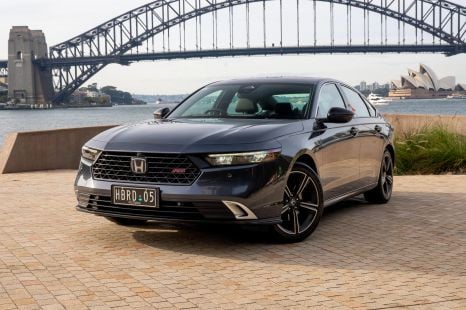

Andrew Maclean
1 Month Ago

Senior Contributor
The number of Australians in the market for an electric car remains quite small by global standards, but interest and awareness are on an upward trajectory.
Fittingly, there’s a growing array of (relatively) affordable options out there. Plus, the adoption of government incentives like those now active in the ACT and Victoria should stoke this along further.
But despite this expansion of choice, there are still precisely zero products from so-called ‘legacy’ car manufacturers that do a better job than a Tesla – the O.G. of EV specialists – for similar coin.
Tesla remains a step ahead despite the established brands pulling their proverbial fingers out. And trust me on this, I’m neither an Elon Musk fanboy or Teslarati consumer. Quite the opposite.
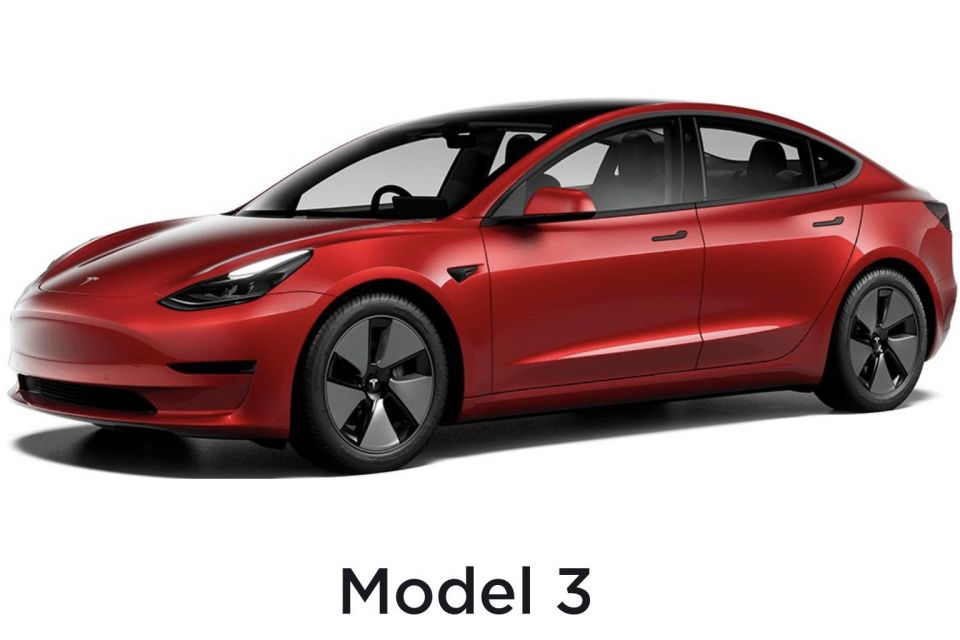
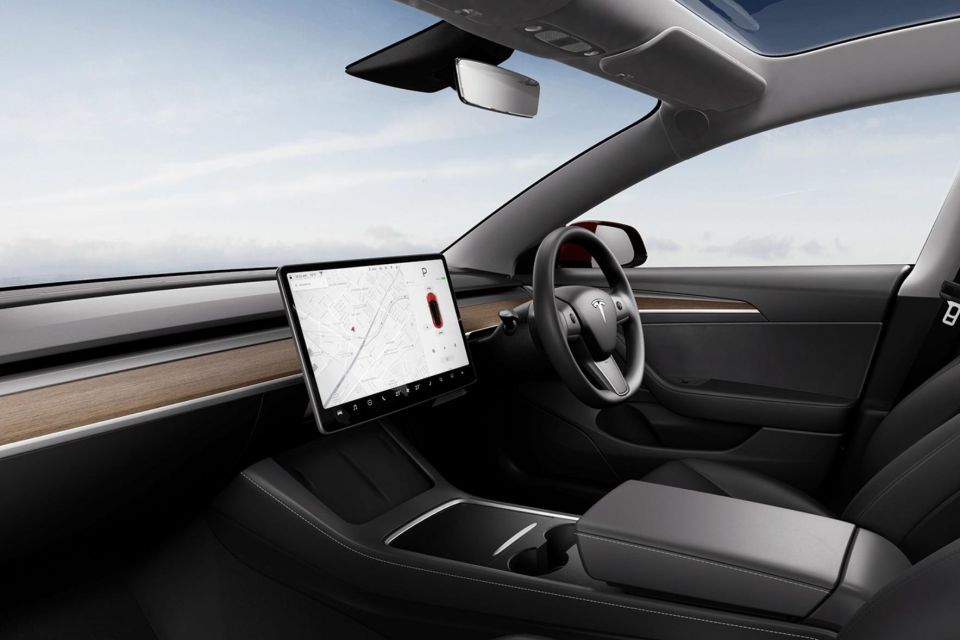
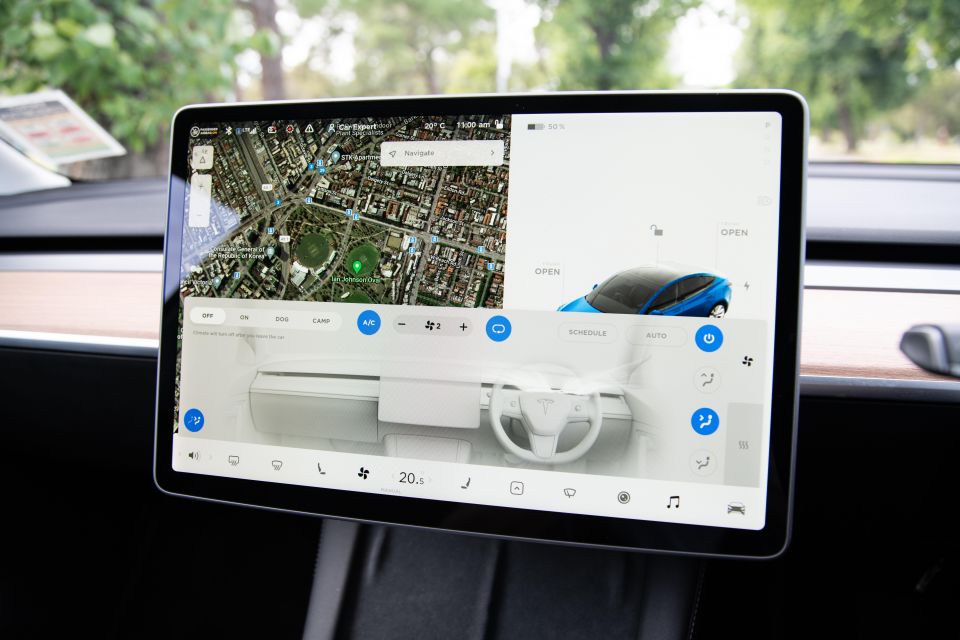
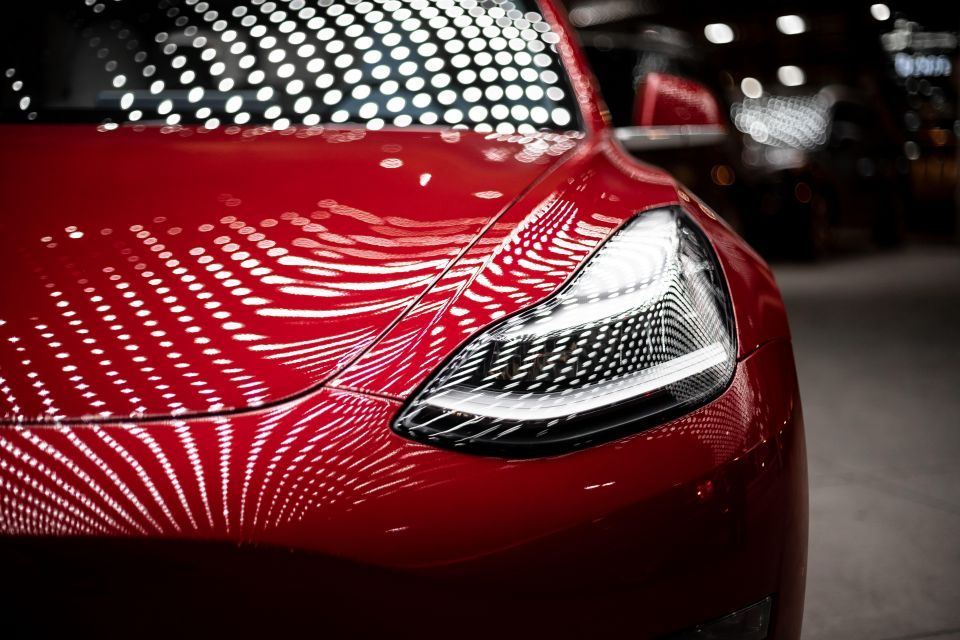
Granted, a subset of inner-city Aussies might be happy with the affordable MG ZS EV at $43,990 drive-away, or a base Hyundai Ioniq or Nissan Leaf at just over $50,000.
But at the next rung it looks like the Model 3 is the smart choice every day of the week. Let’s look at price first.
A base Tesla Model 3 Standard Range Plus variant costs $62,900 RRP which is equal to about $68,000 on the road after you’ve paid your taxes.
I calculated the drive-away prices of Tesla’s price-point (ish) competitors at the entry level using each brand’s website calculators and found the following. Values are approximate and depend on where you live:

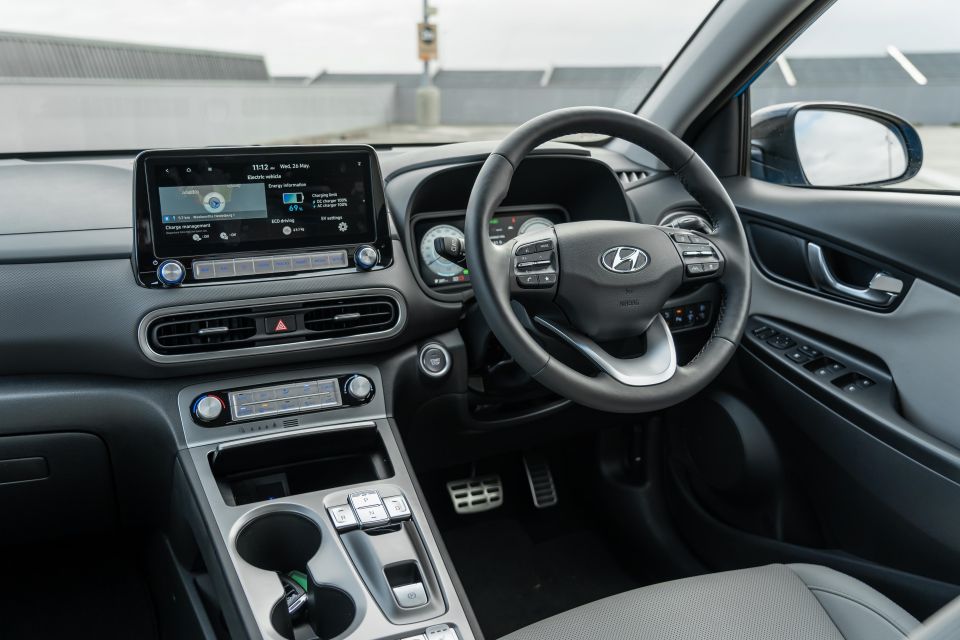

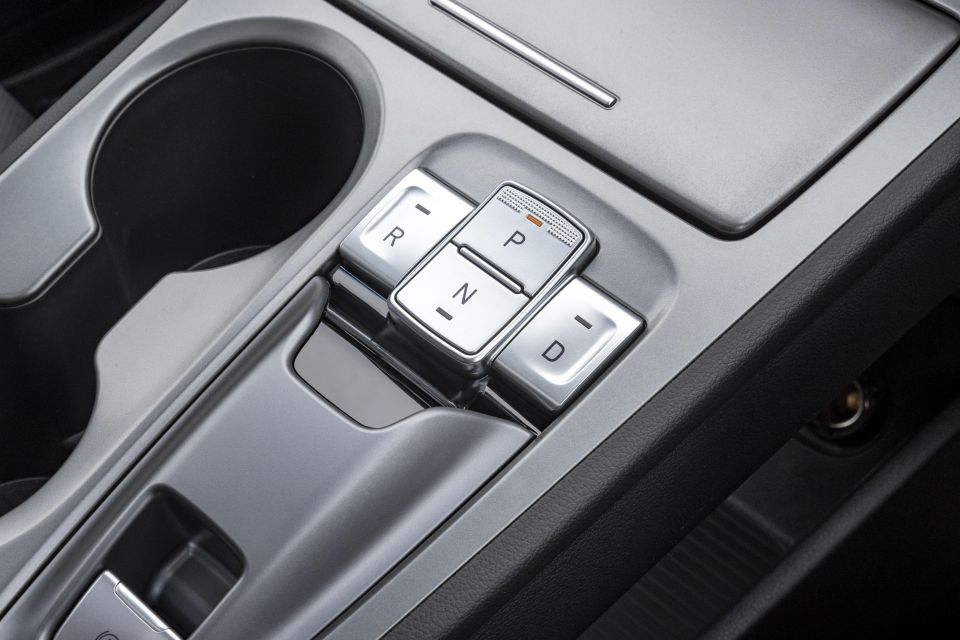
How about total battery capacities? We know batteries are the most expensive component of EVs, costing somewhere between $180 to $200 per kWh of storage capacity.
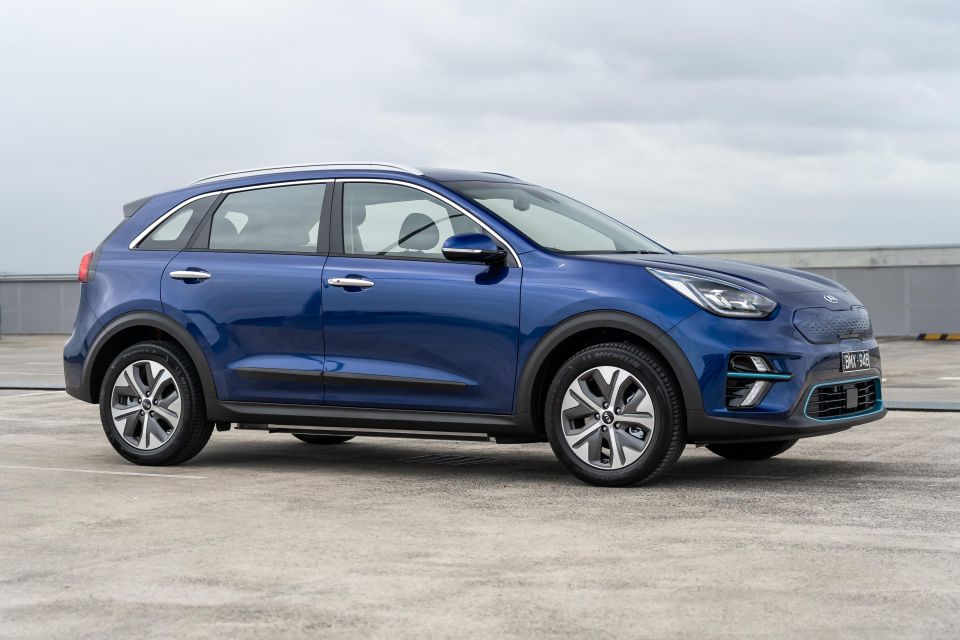
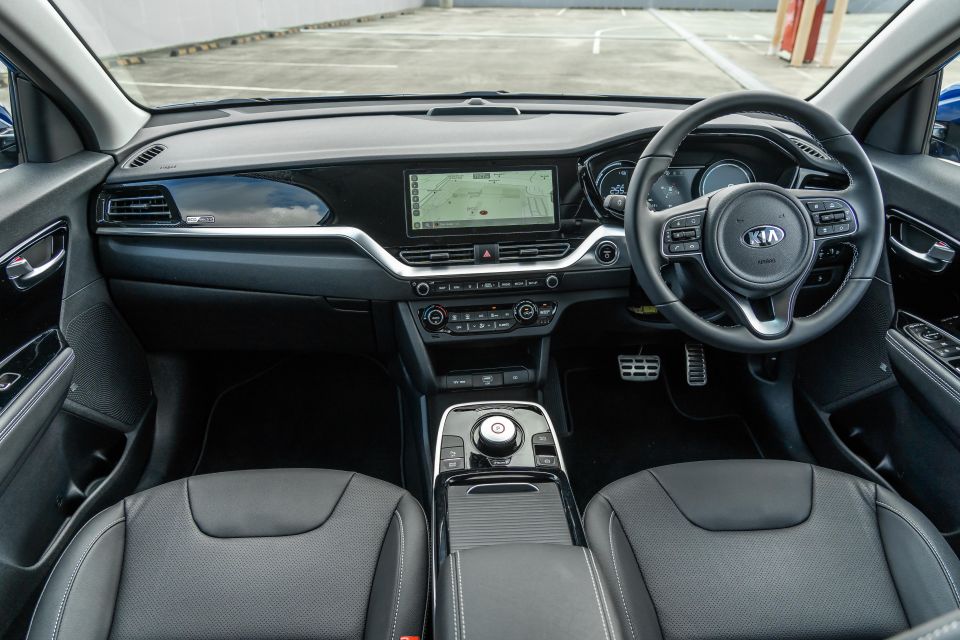
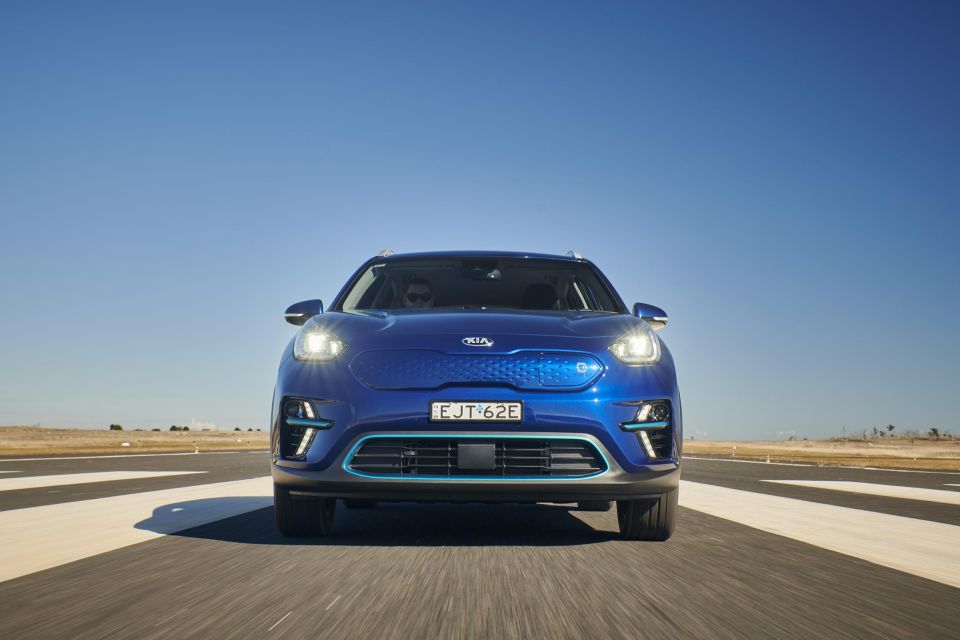
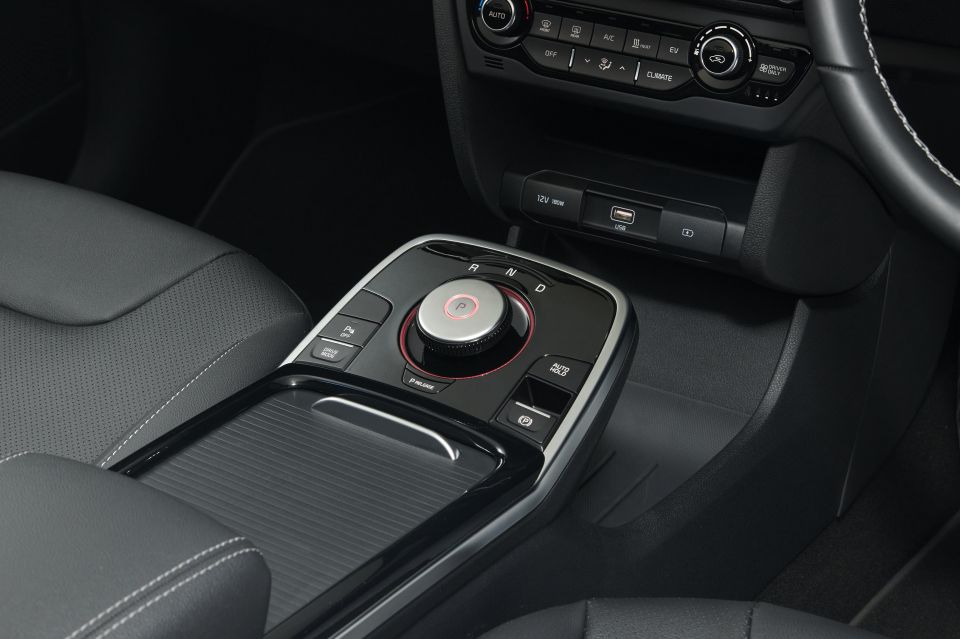
There isn’t a perfect correlation between driving range and battery storage though. You have factors such as motor efficiency, aerodynamic rating, vehicle weight, and more. So what are the driving ranges on the worldwide WLTP lab test?
So far then, the Tesla can’t better the Kia and Hyundai when it comes to battery capacity and claimed driving range. But there’s more to this picture. How about power and torque from the motors?
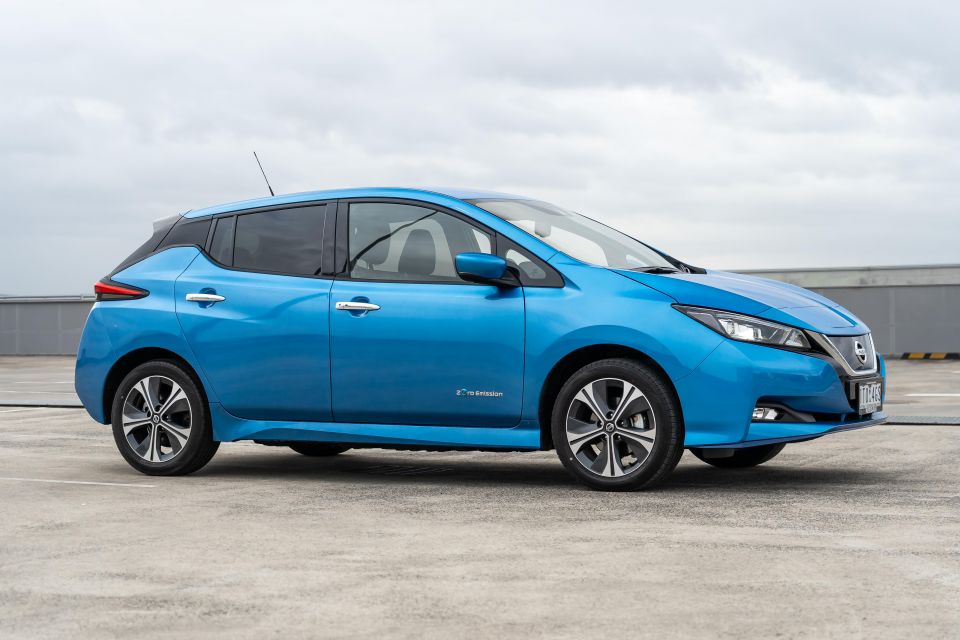


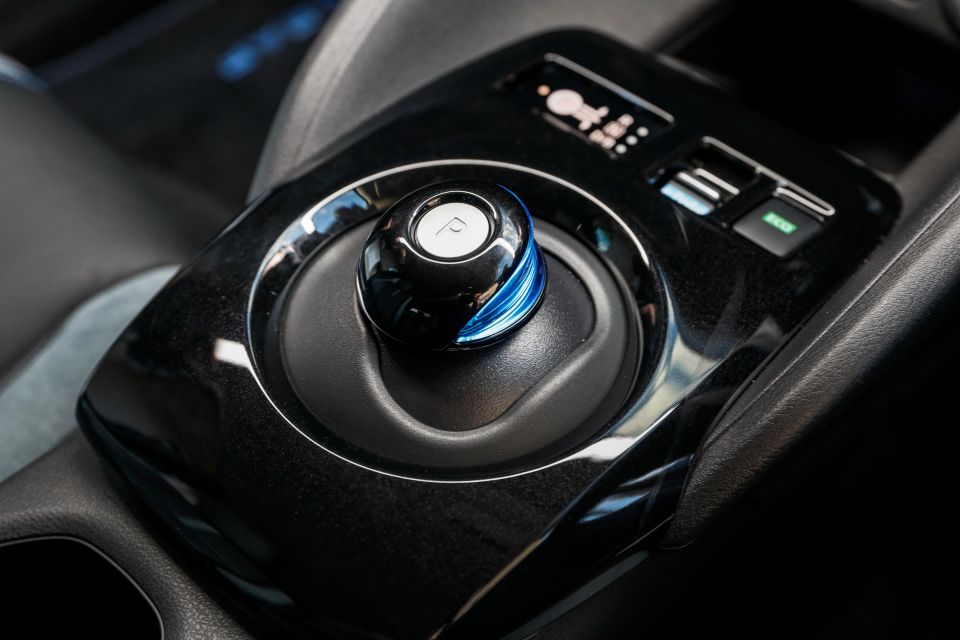
And what about the driven wheels and acceleration times?
Which of course partly correlates to weight. EV batteries are heavy (nearly 500kg for a 60kWh pack), so keeping weight down is tough. But lighter cars are more agile and efficient.
The fact the Tesla is the biggest car here with the third-longest range, and yet is the third-lightest, is worth noting.
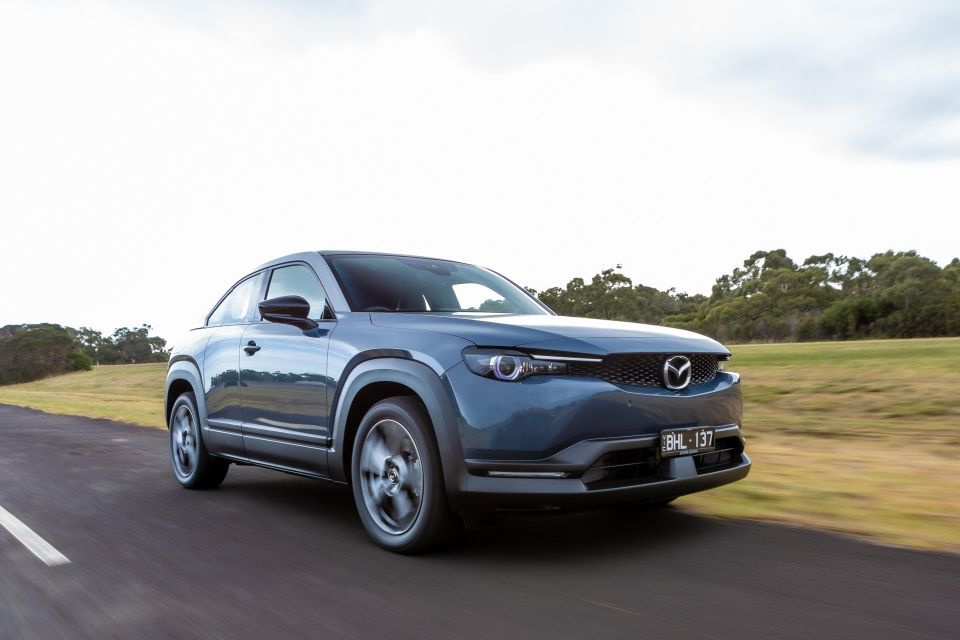

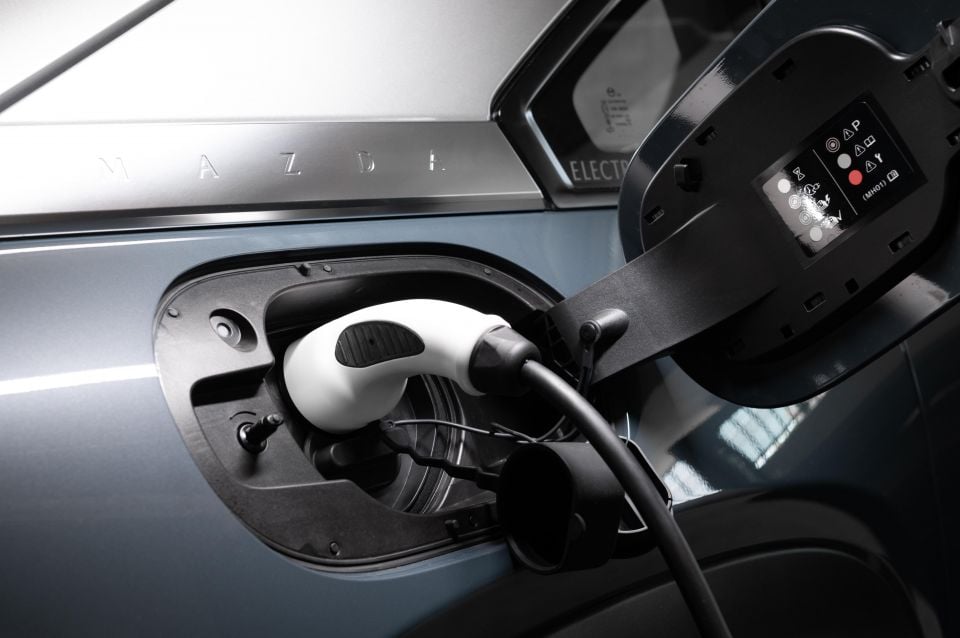
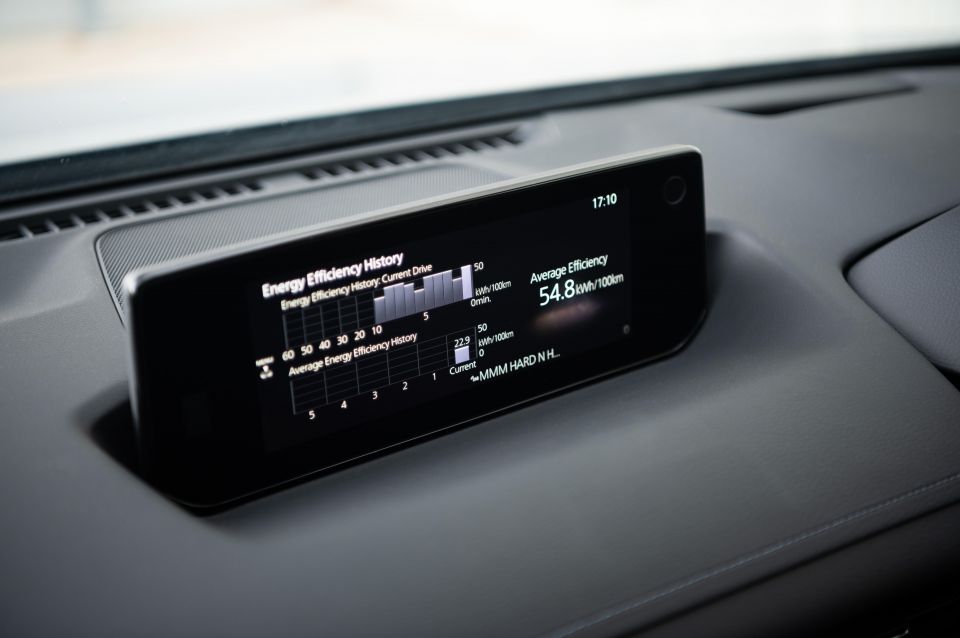
On that note, what about vehicle length, width and height? In that order they go:
While there is no precise correlation, the longer a car’s wheelbase the greater the rear seat legroom generally is. Again, the Tesla wins.

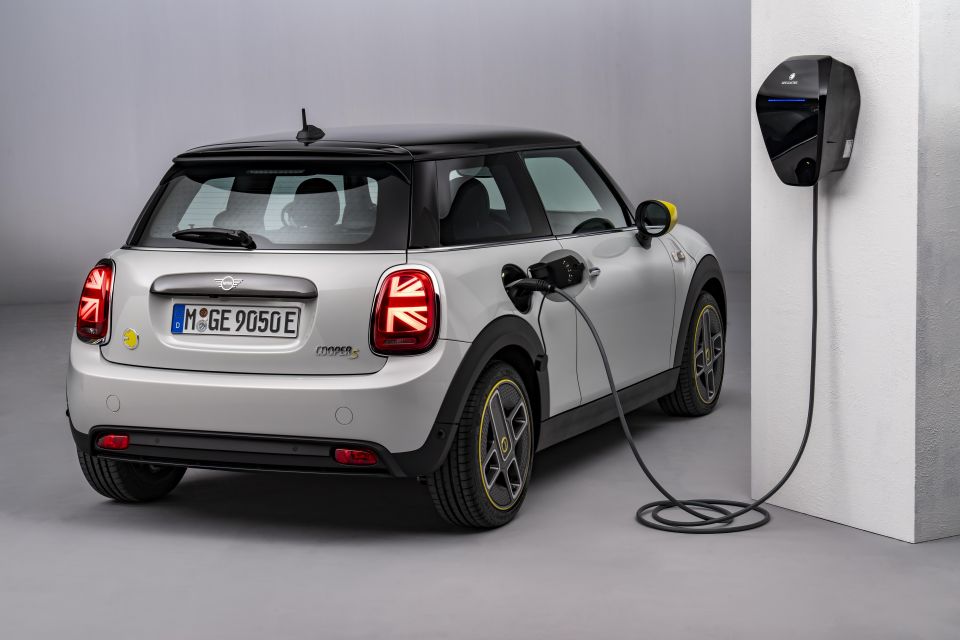
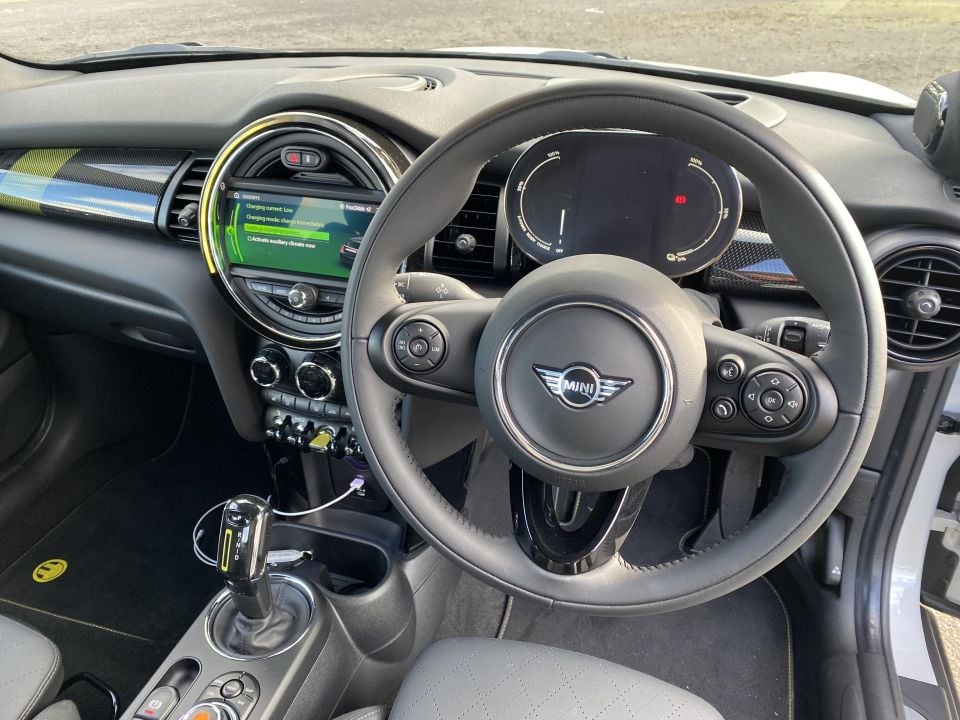
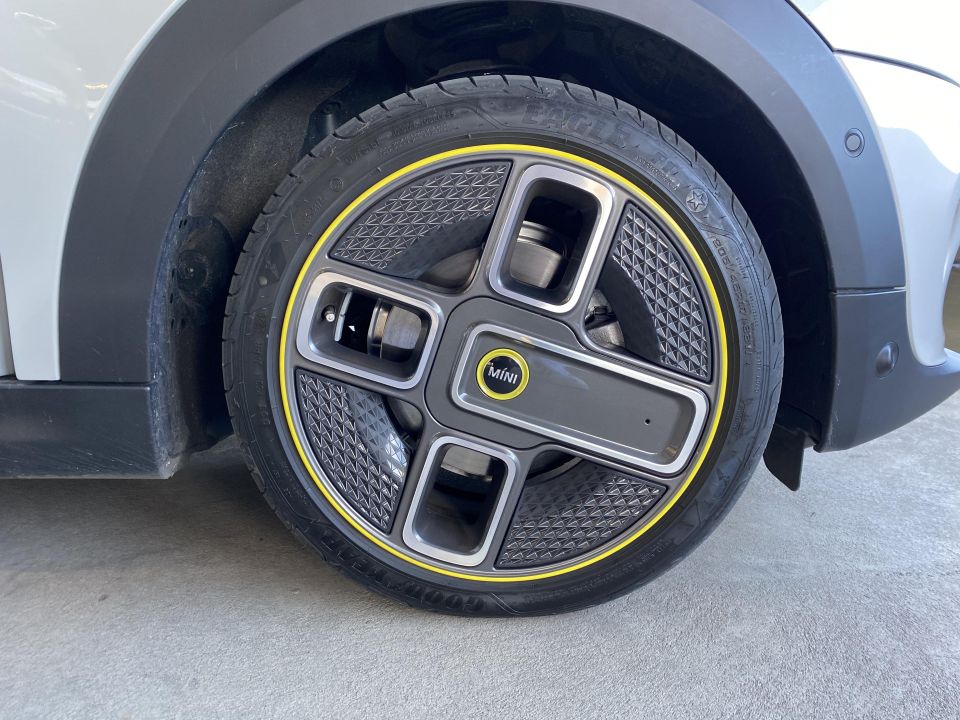
So to summarise, these vehicles are priced drive-away between $61,500 and $71,000.
The Tesla is the fastest, has the most power and torque, is the longest, has the most boot space and longest wheelbase, and the best efficiency when calculating battery storage versus WLTP range. It nearly matches the Kia and Hyundai despite having 10kWh less storage.
Atop this, the Tesla Model 3 is also the only car with a ‘frunk’, meaning an open boot under the bonnet area, since it’s not based on a combustion vehicle architecture.

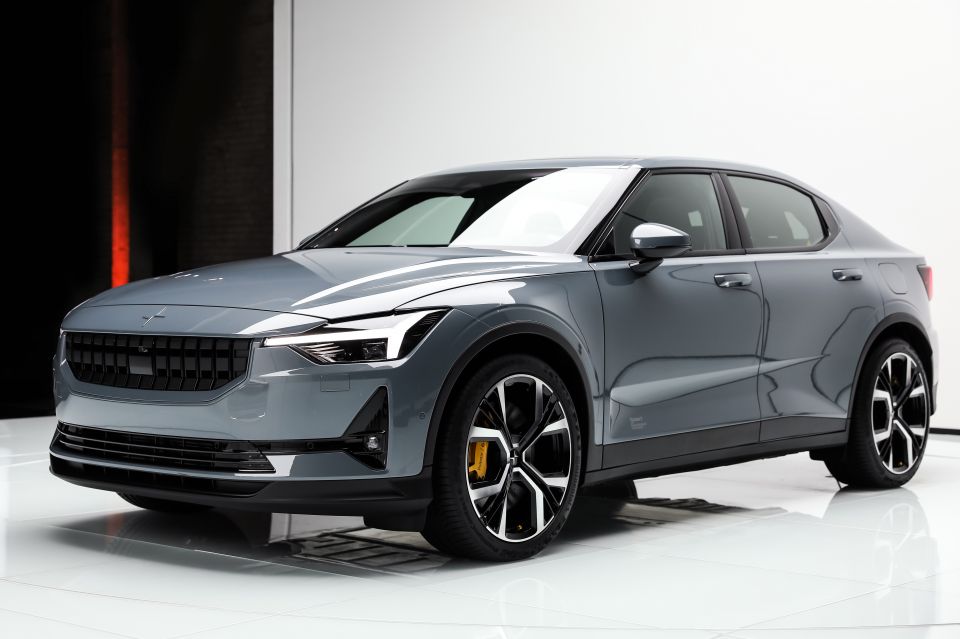
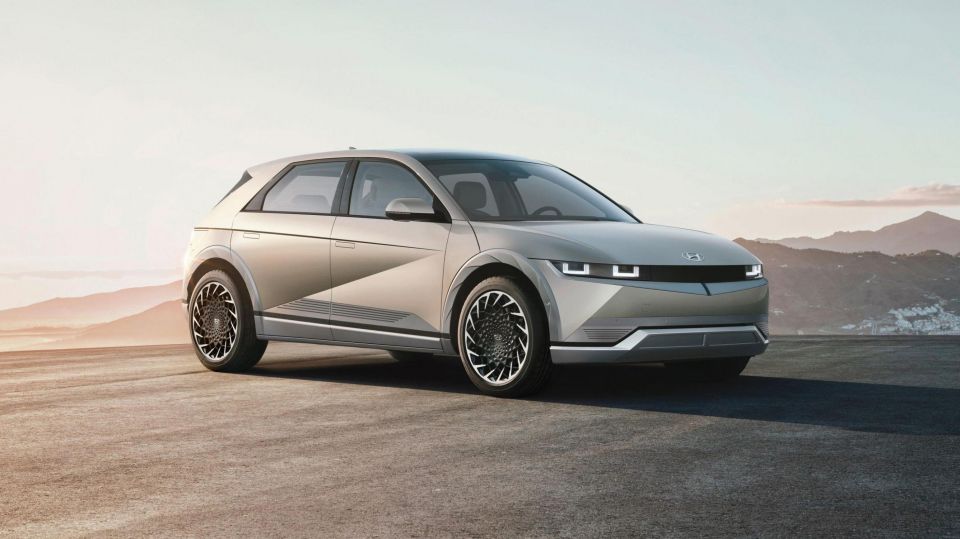
It’s also alone in coming with a glass roof, has by far the largest touchscreen (15.0-inch), and gets you access to Tesla’s Supercharger public charging network which had a headstart on brand-agnostic providers.
There’s also the not insignificant fact that we found the Tesla’s handling and regenerative braking systems to be superior, too.
So in short, taking away subjective factors such as design and brand, the base Model 3’s specs really do put it ahead of its current competitors.
Of course, with ground-up EV rivals such as the Polestar 2, Hyundai Ioniq 5, and Kia EV6 coming, it should strike while the iron is hot. Frankly I hope Tesla doesn’t dominate EVs forever, but right now I tip my hat…
MORE: Australia’s electric car launch calendar MORE: What cars are in every brand’s electric future?
| Hyundai Kona | Kia Niro | Mazda MX-30 | |
|---|---|---|---|
| Variant | Elite | S | E35 Astina |
| List price | $62,000 | $62,590 | $65,490 |
| Drive-away estimate | $67,200 | $67,490 | $71,000 |
| Battery | 64kWh | 64kWh | 35.5kWh |
| WLTP range | 484km | 455km | 200km |
| Power | 150kW | 150kW | 107kW |
| Torque | 395Nm | 395Nm | 271Nm |
| Drive wheels | Front | Front | Front |
| 0-100km/h | 7.6 sec | 7.8 sec | N/A |
| Length | 4205mm | 4375mm | 4395mm |
| Width | 1800mm | 1805mm | 1795mm |
| Height | 1570mm | 1570mm | 1545mm |
| Wheelbase | 2600mm | 2700mm | 2655mm |
| Weight | 1743kg | 1791kg | 1442kg |
| Boot/s | 332L | 451L | 311L |
| Mini Cooper | Nissan Leaf | Tesla Model 3 | |
|---|---|---|---|
| Variant | SE Classic | e+ | Std Range + |
| List price | $55,650 | $60,490 | $62,900 |
| Drive-away estimate | $61,500 | $64,990 | $68,000 |
| Battery | 32.6kWh | 62kWh | 54kWh |
| WLTP range | 233km | 385km | 448km |
| Power | 135kW | 160kW | 211kW |
| Torque | 270Nm | 340Nm | 375Nm |
| Drive wheels | Front | Front | Rear |
| 0-100km/h | 7.3 sec | 6.9 sec | 5.6 sec |
| Length | 3850mm | 4490mm | 4694mm |
| Width | 1727mm | 1788mm | 1933mm |
| Height | 1432mm | 1540mm | 1443mm |
| Wheelbase | 2495mm | 2700mm | 2875mm |
| Weight | 1365kg | 1736kg | 1625kg |
| Boot/s | 211L | 405L | 542L |
MORE: Australia’s electric car launch calendar MORE: What cars are in every brand’s electric future?
Take advantage of Australia's BIGGEST new car website to find a great deal on a Tesla Model 3.


Andrew Maclean
1 Month Ago
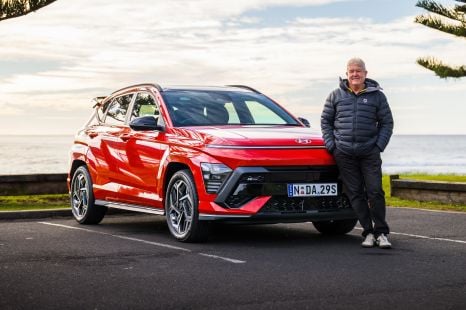

Anthony Crawford
1 Month Ago
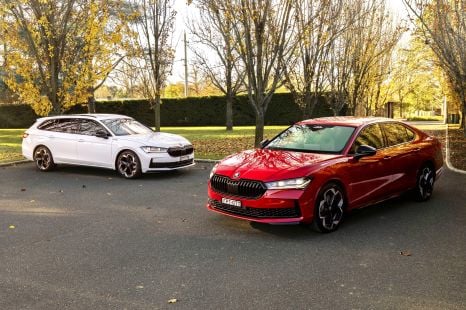

Max Davies
29 Days Ago
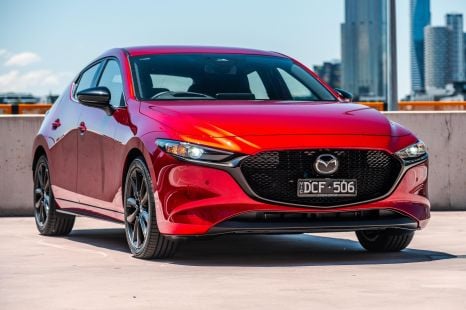

Josh Nevett
26 Days Ago


William Stopford
7 Days Ago
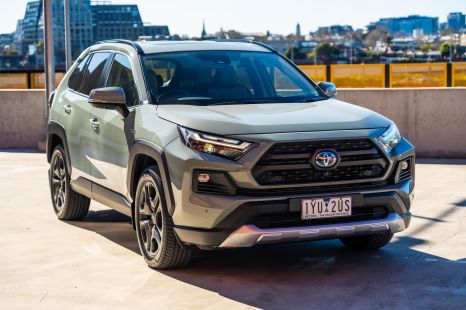

Marton Pettendy
6 Days Ago